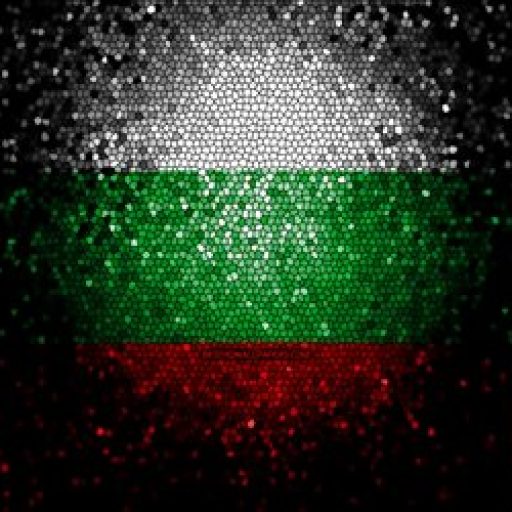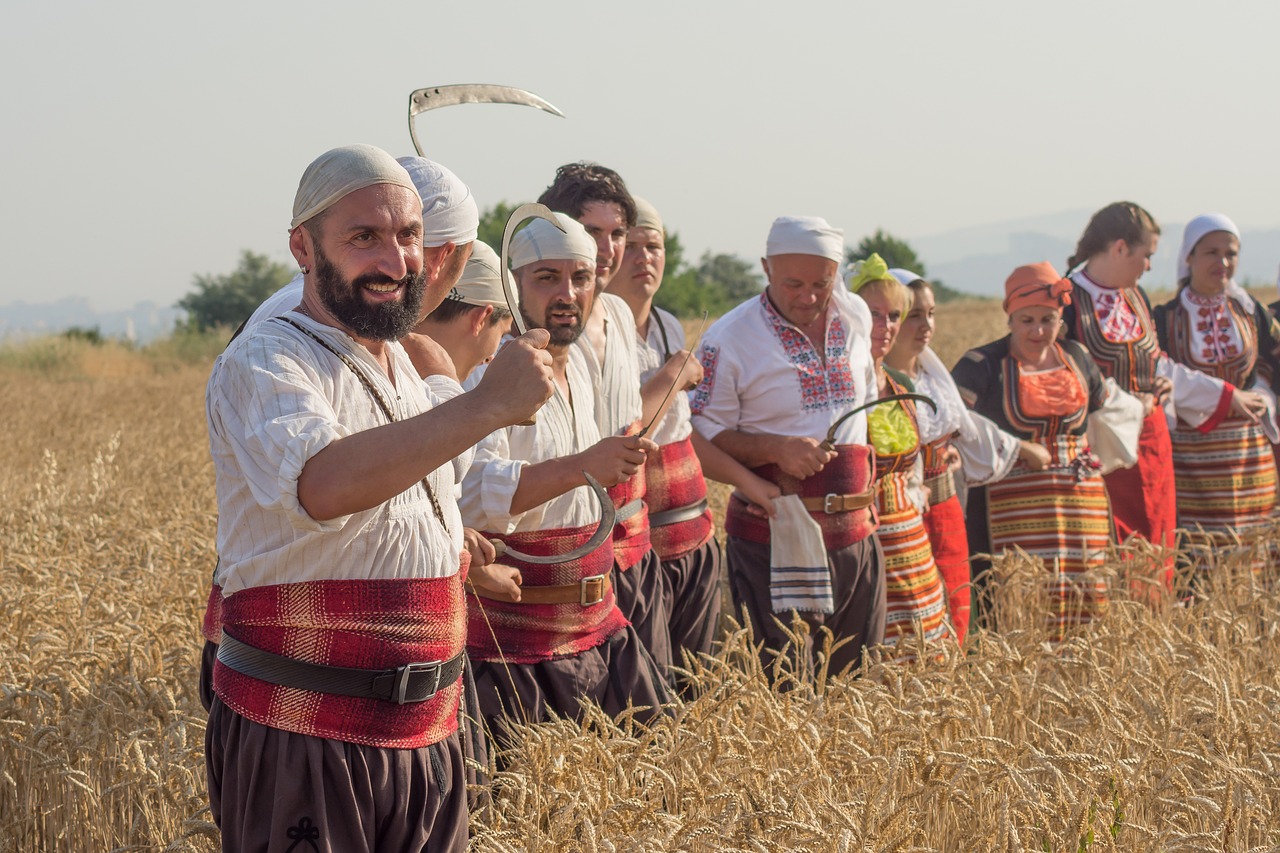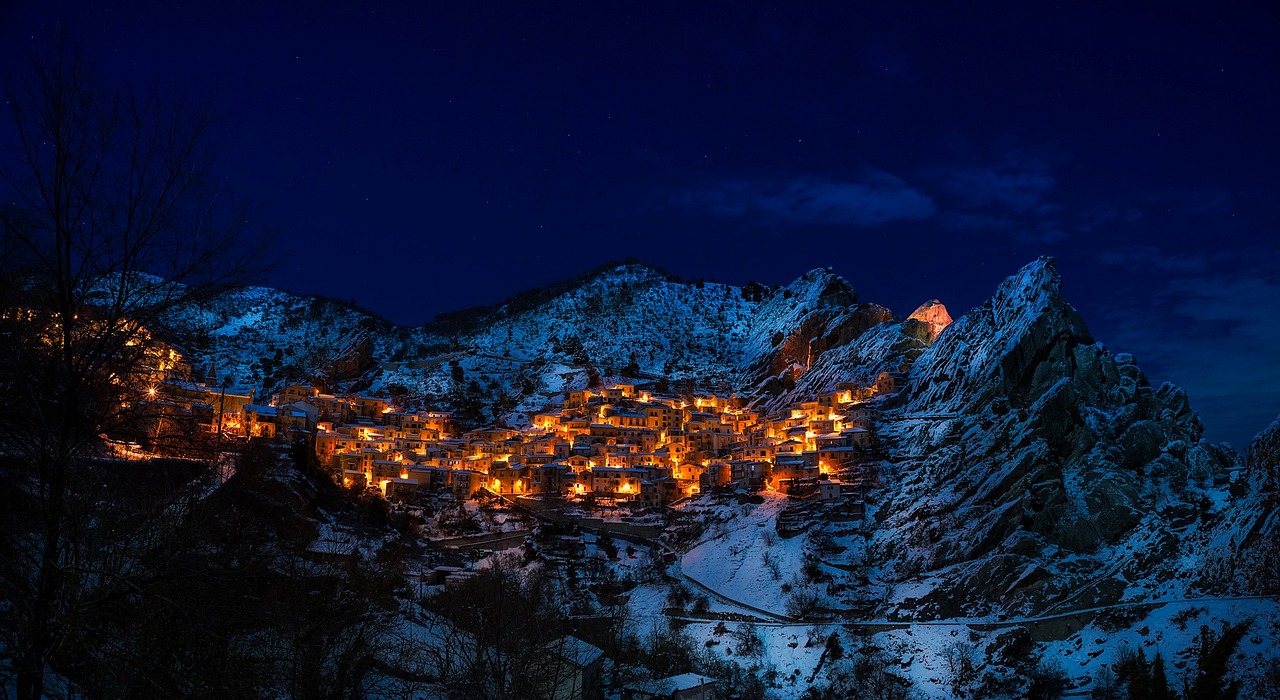In the heart of Plovdiv, Bulgaria, stands a remarkable testament to history and faith: Dzhumaya Mosque, the oldest Ottoman religious monument in the city. This magnificent Muslim temple, also known as Hüdavendigâr Camii or Cuma Camii, holds a significant place in the Balkans as one of the earliest Ottoman architectural gems. Built upon the former site of the Sveta Petka Tarnovska Cathedral Church, Dzhumaya Mosque showcases a fusion of Byzantine and old Bulgarian architectural techniques, creating a captivating blend of traditions. Its grandeur is undeniable, with a sprawling prayer hall measuring 33m by 27m, adorned with nine domes covered in lead sheets and a minaret that proudly stands at the northeast corner. Inside, intricate floral ornament wall-paintings and medallions quoting the Koran transport visitors to the late 18th and early 19th centuries. Managed by a bilingual imam proficient in Bulgarian and Turkish, Dzhumaya Mosque offers a profound experience for those seeking to explore Plovdiv’s rich history and cultural heritage.
Key Takeaways
- Dzhumaya Mosque is the main Muslim temple in Plovdiv, Bulgaria.
- It is one of the oldest Ottoman religious buildings on the Balkans.
- The mosque features influences from Byzantine and old Bulgarian architectural techniques.
- The interior is adorned with floral ornament wall-paintings and medallions quoting the Koran.
Main Muslim Temple
The Dzhumaya Mosque in Plovdiv is the main Muslim temple in the city and is considered the oldest Ottoman religious monument in the area. The mosque’s prayer hall design is an imposing rectangular building, measuring 33m by 27m. It showcases influences from Byzantine and old Bulgarian architectural techniques, reflecting the rich cultural history of the region. The mosque features nine domes covered with lead sheets, giving it a distinctive multi-domed appearance. The minaret, located at the northeast corner of the main facade, adds to its architectural grandeur. The interior of the mosque is adorned with floral ornament wall-paintings and medallions quoting the Koran, which date back to the late 18th century and early 19th century. The Dzhumaya Mosque holds significant cultural importance as a symbol of religious diversity and historical heritage in Plovdiv.
History and Architecture
Located in the heart of the city, the impressive structure showcases a fusion of architectural influences, reflecting the rich history of the region. The Dzhumaya Mosque in Plovdiv stands as one of the oldest Ottoman religious monuments on the Balkans. Its rectangular shape and multi-domed design with nine domes covered in lead sheets exhibit influences from Byzantine and old Bulgarian architectural techniques. The mosque’s interior is adorned with floral ornament wall-paintings and medallions quoting the Koran, which date back to the late 18th and early 19th centuries. Parallels can be drawn between the Dzhumaya Mosque and other Ottoman religious monuments found in Bursa, Edirne, and Sofia, showcasing the similarities and shared architectural features among these structures. The combination of influences and decorations in the Dzhumaya Mosque highlights the cultural and historical significance of this remarkable religious site.
Location and Visiting Information
Situated in the center of the city, the main Muslim temple in Plovdiv offers a glimpse into the rich historical and cultural heritage of the region. Dzhumaya Mosque, also known as Hüdavendigâr Camii or Cuma Camii, is located on Jumayatа Square in Plovdiv. Visitors can explore this imposing rectangular building with its 33m by 27m prayer hall, adorned with influences from Byzantine and old Bulgarian architectural techniques. The mosque features nine domes covered with lead sheets and a minaret at the northeast corner of the main facade. Inside, the walls are decorated with floral ornament wall-paintings and medallions quoting the Koran, dating back to the late 18th and early 19th centuries. For those interested in visiting, the opening hours of the mosque vary depending on the season. For more information, visitors can contact the Tourist Information Center at +359 32 620 229.
Frequently Asked Questions
What is the significance of the name ‘Dzhumaya Mosque’?
The name ‘Dzhumaya Mosque’ holds significance as it represents the main Muslim temple in Plovdiv. It reflects the cultural influences on the mosque’s architecture, which combines Byzantine and old Bulgarian techniques.
How did the mosque’s architecture incorporate Byzantine and old Bulgarian techniques?
The architecture of Dzhumaya Mosque in Plovdiv incorporates influences from Byzantine and old Bulgarian techniques, resulting in an architectural blend. This can be seen in the multi-domed structure, lead-covered domes, and the use of floral ornament wall-paintings.
Are there any special events or ceremonies held at Dzhumaya Mosque?
Special events and ceremonies are not held at Dzhumaya Mosque, the oldest Ottoman religious monument in Plovdiv. The mosque primarily serves as a place of worship and does not host any special gatherings or occasions.
What is the history behind the old building being demolished and replaced by the modern-day mosque?
During the Ottoman rule, the old building of Dzhumaya Mosque in Plovdiv was demolished as part of the modernization efforts led by Sultan Murad II. It was replaced by the current mosque, reflecting the impact of modernization on the architectural landscape.
Are there any specific guidelines or dress codes for visitors to the mosque?
Visitor etiquette at Dzhumaya Mosque does not impose any specific guidelines or dress codes. However, it is respectful to dress modestly and remove shoes before entering. Traditional clothing is not required for visitors.












